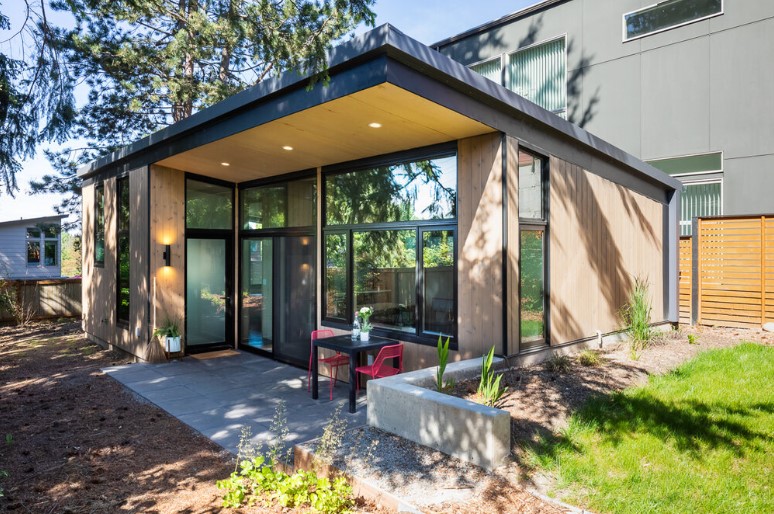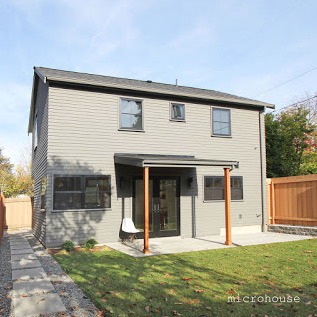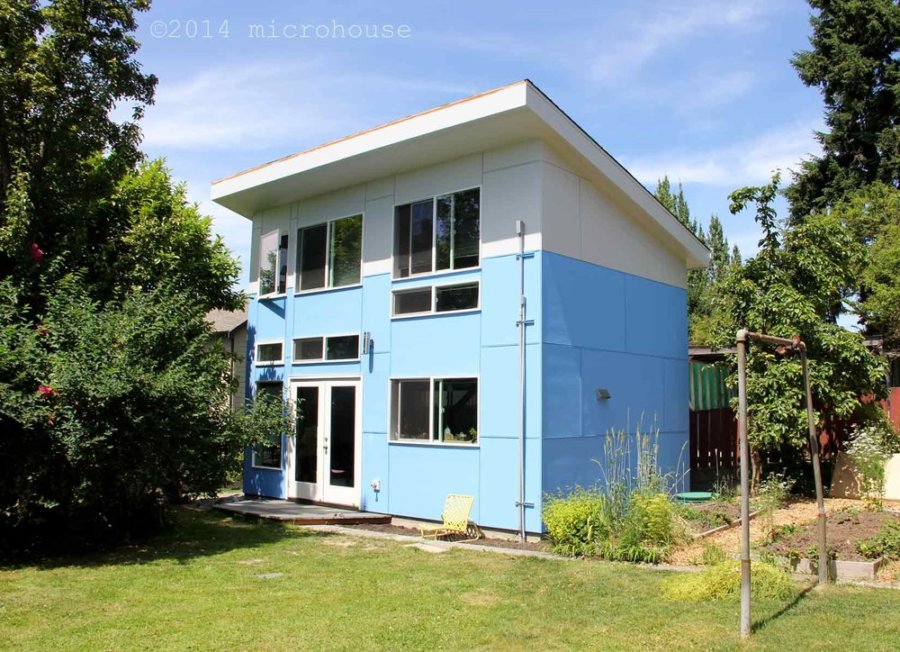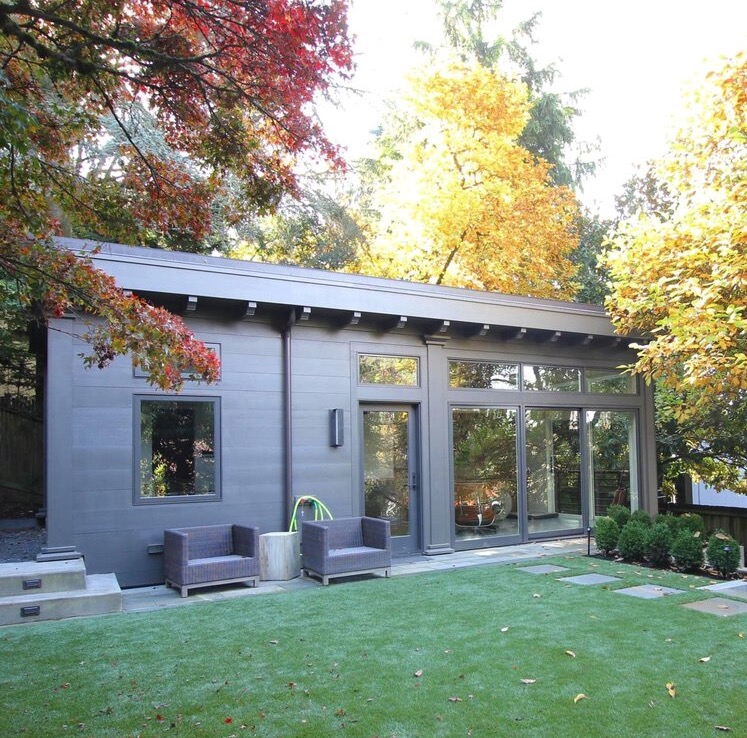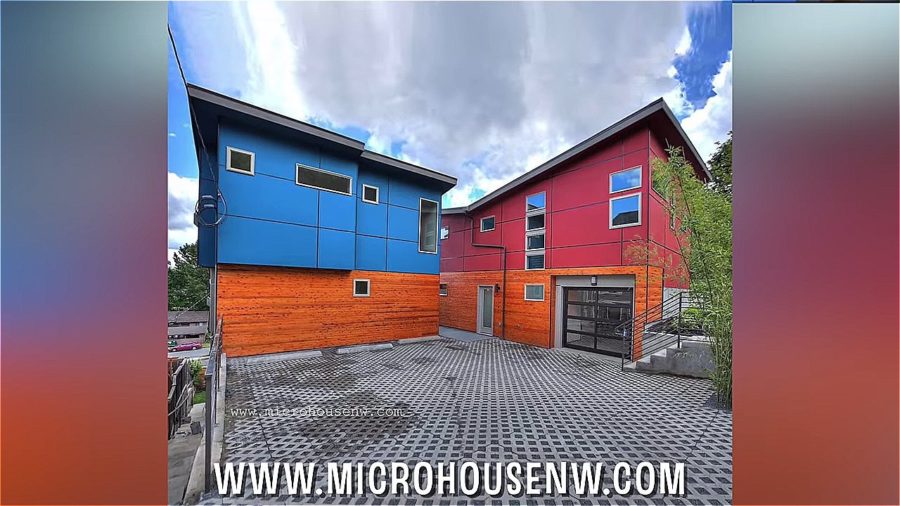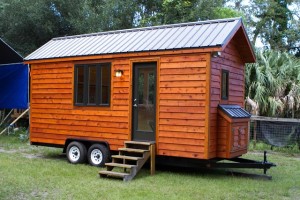If you’re looking to build a detached accessory dwelling unit in Seattle, the city has a list of pre-approved construction plans. This can streamline the permitting process, as all you need to do is pick a plan and connect with the designer.
There are plans available in various sizes, from 288 square feet to 1000 square feet. And there are a variety of designs to choose from, so you can find one that fits your needs and taste.
Don’t miss other useful resources like this, join our Free Tiny House Newsletter for more!
Browse the City’s Growing Catalog of Pre-Approved DADU Small Cottage Plans
[continue reading…]
{ }
Seattle is an interesting place to pay attention to for tiny and small homes because of these 5 trends, as showcased via the Seattle Backyard Cottage blog.
They’re all very interesting trends that we will very likely see spread to other areas. And who knows, you could very well be one of the first to inspire it. Let me tell you a little bit about these trends, and how you could possibly see them in other areas of the country and world.
Don’t miss other interesting articles and discussions on all things tiny and small when it comes to homes and real estate – join our FREE Tiny House Newsletter for more!
1. Newly adopted Seattle code allows for family-friendly DADUs… With an extra 200-sq.-ft. of space, many detached accessory dwelling units (DADUs) are being built for families.
Up until now a majority of cottages were being designed for aging parents or as rentals accommodating an individual or a couple without children. These new larger cottages are also being designed for families with children including a 900 sq. ft. cottage we are designing in Ballard for a family of five. And a 1,000 sq. ft. cottage for a family of four.1
[continue reading…]
{ }
This is a tiny houseboat in Seattle. It’s painted in teal, offers about 432-sq.-ft. inside, and is listed for $324,900 according to Realtor.com.
It’s a one-bedroom, one-bathroom floating cottage with water views. Take a look for yourself and let us know what you think in the comments.
Don’t miss other super awesome tiny house real estate like this – join our FREE Tiny House Newsletter for more!
432-sq.-ft. Tiny Houseboat in Seattle On The Market
[continue reading…]
{ }
This is the Rainier Valley Cottage by Bruce Parker of MicroHouseNW. It’s a small house designed to be simple to build to keep construction costs low. What do you think of this design/build?
This Rainier Valley backyard cottage takes advantage of solar access and territorial views. The design of this cottage was intentionally simple to keep construction costs down and to make it easier for the owner who operated as the general contractor for this project.
Don’t miss other awesome stories like this – join our FREE Small House Newsletter for more like this!
Rainier Valley Cottage by MicroHouseNW
[continue reading…]
{ }
This is the Laurelhurst DADU in Seattle, Washington by MicrohouseNW, they specialize in backyard cottages. This one is a 575-square-foot home with a 390-square-foot footprint. The cabin even features a living/green roof, exposed trusses, and interestingly enough, the bedroom is downstairs. Opposite of a loft, hehe.
DADU stands for Detached Accessory Dwelling Unit, which is basically just another term for a detached guest house. These guest houses are one way to design and build small homes while still meeting local building codes. And in Seattle, people are even creating their own homeowners associations (HOAs) and selling their backyard cottages to others. Yes, some have been listed and recently sold, and we talk about that in this article.
Don’t miss other beautiful small homes like this – join our FREE Tiny House Newsletter for more!
Beautiful Small Backyard Cottage in Seattle, Washington… The Laurelhurst Detached Accessory Dwelling Unit
[continue reading…]
{ }
This is how accessory dwelling units (guest houses) are being restructured into condominiums so that they can be sold separately from the primary residence on the property. Pretty interesting, right? What do you think?
…increasingly people are using condominium agreements to sell DADUs separately from the primary residence.1
Don’t miss other interesting stories like this – join our FREE Tiny House Newsletter for more!
How Accessory Dwelling Units Are Being Sold Separate From Their Primary Residences in Seattle
[continue reading…]
{ }
This is the story of how tiny house villages are being built for Seattle’s homeless by the Low Income Housing Institute and its volunteers and donors.
When they built the first tiny house, the first homeless person who got it cried (of joy) because it was the first time they’d been able to shut a door in years. Not only that but also the first time to be able to have a place to leave their belongings. And the freedom and lightness of not having to carry everything everywhere.
Don’t miss other stories like this – join our FREE Tiny House Newsletter!
Tiny House Villages Being Built To Help Seattle’s Homeless

Images via Derek Armstrong Mcneill/Vimeo
[continue reading…]
{ }
This is the story of a couple who built a 400-square-foot backyard cottage in their Seattle backyard and then moved in.
Also, they rented out their big house. Genius, right? Sounds pretty smart to me! What do you think? By the way, this story is brought to you thanks to Jenna at Tiny House Giant Journey.
Don’t miss other super awesome stories like this – join our FREE Tiny House Newsletter for more!
They Built a Small Cottage In Their Backyard And Rented Out Their Big House… It’s an ADU Cottage in Seattle!
[continue reading…]
{ }
This is the story of Bruce Parker. He’s a Seattle architect who specializes in small backyard cottages, also known as ADU’s (accessory dwelling units).
Bruce Parker, a Seattle Architect specializing in backyard cottages, discusses the high home prices, city legalities, and the potential benefits of building a small house on your land.1
Don’t miss other interesting stories like this – join our FREE Tiny House Newsletter for more!
Architect Designing Beautiful Small Cottages in Seattle
[continue reading…]
{ }
